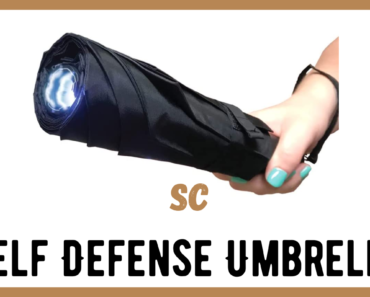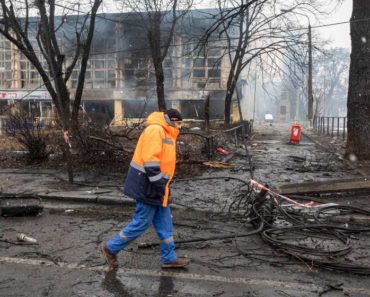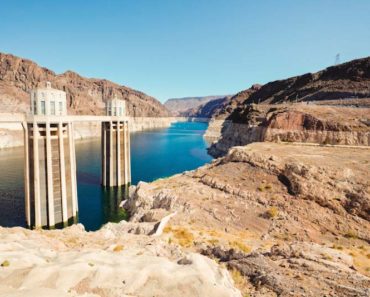People have asked me on several occasions, “What’s your favorite method for starting a fire?”
I answer, “When I’m practicing or just for fun, I like friction methods like a bow drill or a ferrocerium rod.”
You know, something like this:
This is usually followed up with, “Ah, so that’s your favorite method for a survival situation.”
I respond with, “No. First, I’ve never been in a survival situation. But if I was, then my method of choice would be to use a lighter.”
I have always told people that primitive methods for starting a fire are great to know and practice. However, a ferrocerium rod is a fantastic backup to your primary tool for starting a fire, which should be a lighter.
It’s really important that people drop this romanticized fantasy that they are going to be in a survival situation and will instantly be successful with friction methods like Tom Hanks in the movie Cast Away. “I have made fire!”
Seriously though, a lighter is the best tool for starting a fire in a survival situation because they are affordable, lightweight, compact, easy to use, reusable, and – most importantly – they instantly produce a flame.
For quite a while, there weren’t a lot of choices when it came to lighters, primarily a zippo lighter was the most common type. Nowadays, there are quite a few more choices and some of them you may not even know about.
In this article I will be going over:
- The different types of lighters available
- How each option works
- The pros and cons of each type of lighter.
Let’s go ahead and light this candle! (Sorry, I couldn’t help myself.)
The 7 Types of Lighters
Spark Wheel Lighter
This type of lighter is probably the most common and popular lighter available. Also, I have heard these referred to as a “cigarette lighter” or just a “butane lighter,” although those are a bit misleading because there are different types of lighters under those two categories.
Anatomy
It consists of a plastic frame, fuel compartment filled with butane, a small piece of flint, metal spark wheel and a fork. The fork is the plastic lever that is pressed down to release the fuel.
Most spark wheel lighters are about two inches long and easily fit in the palm of your hand, although there are miniature models which are even more compact and great for small kits or concealability. And of course, there are huge ones that are more of a novelty item than anything else.
How It Works
Pressure is applied to the spark wheel as it is turned which strikes a small piece of flint. Almost simultaneously, the fork is pressed down which releases butane from the slightly pressurized chamber (fuel compartment). The spark ignites the butane, and a flame is produced.
Spark Ignition Lighter
A spark ignition lighter is very similar to a spark wheel with the only real difference being the ignition source. On a spark ignition lighter, a button is pressed and held down, which in turn hits a quartz element. This action produces a spark that ignites the fuel.
What I Like
This is probably my favorite type of lighter for many reasons.
These type of lighters are insanely affordable for what you get. One of these lighters can be purchased for just a few bucks or less. You can easily buy enough of these to have one in your vehicle, in a backpack, in your pocket, and a few other places for around ten bucks. At that price point, you really don’t have a reason to not carry one.
These lighters are widely available and can pretty much be picked up anywhere lighters are sold. Gas stations, grocery stores, dollar stores, mom and pop shops, hardware stores, and big box stores all carry this type of lighter, which makes them easy to find and convenient to pick up.
While the flame that comes out of this type of lighter is certainly hot, it is more of a soft flame, like a candle flame.
They are also reasonably durable (dependent on brand), and they have survived me dropping them on the ground and bouncing around in a pocket, backpack, or on the floor of my car. This makes them a great item for outdoor packs.
They are not waterproof, but they are highly water resistant. I have dropped my lighter into puddles, a pond, left them out in the rain, and a few times they have even gone through the washing machine (oops!).
Nine times out of ten, if you give the lighter time to dry out, it will continue to work. However, I don’t recommend getting the lighter wet and all efforts should be made to keep it dry.
How long the lighter will last will of course depend on the brand, but BIC lighters (my favorite) are rated for around 3,000 strikes.
Technically, spark wheel lighters are refillable, but the process isn’t very convenient and they are so cheap that they are thought of as disposable lighters. The port for refilling them is almost always on the bottom.

What I Don’t Like
Due to their size and operation, I have had difficulty using spark wheel lighters when wearing gloves or when my hands were extremely cold and shaky.
Also, in order to keep the flame lit, you must keep the fork held down with your thumb or finger. And if you have to position the lighter in any orientation other than straight up and down, the flame can quickly burn the finger that is holding down the fork.
Lastly, if you are looking for a windproof lighter, this wouldn’t be a good choice as the flame is easily blown out.
My Pick
Even though there are a few negatives about spark wheel lighters, they are my top pick for general everyday use, outdoor use, and survival-related tasks. In my opinion, they are a must-have item.
While there are several different popular lighter brands out there, the only spark wheel lighter that I will purchase (when I can) is a BIC lighter. The price difference between a BIC and other brands isn’t that much, and in my experience, BICs are superior in quality, durability, longevity, and reliability.
Pros and Cons
Pros
- Affordable
- Different sizes available
- Easy to use
- Available anywhere lighters are sold
- Durable
- Can be refilled
- Long lasting
- Don’t have to worry about fuel evaporation in the short term
Cons
- Difficult to operate when wearing gloves
- Difficult to operate with cold or shaky hands
- Flame control
- Fork must be kept pressed down
- Not windproof
Torch Lighter
A torch lighter is kind of like a spark ignition lighter, but on steroids!
Anatomy of Butane Torch Lighters
The anatomy of a torch lighter is similar to the previous lighter. It consists of a button, a pressurized fuel chamber, nozzle, and a body that is usually constructed out of plastic.
Most torch lighters will fit in the palm of your hand (although there are larger ones like those used in cooking), and they primarily come in two distinct shapes. The first is a simple straight up-and-down lighter like a spark wheel lighter, and the second one has a right angled nozzle and has the appearance of a small gun.
In fact, there are torch lighters that look almost exactly like a spark ignition lighter, but it is a mini torch lighter. They even sell inserts for Zippo type lighters that produce mini torch flames. I will get into that later.
How Torch Lighters Work
When the button is depressed and held down, a spark is created by a small battery. The fuel pressurized butane is also released and mixed with air in the nozzle. The result is a bright blue flame that resembles a flame coming out of the back of a jet fighter engine.
What I Like
Small torch lighters for general use will cost more than conventional lighters, but I picked up the one pictured in this section for around three bucks.
I would say these types of lighters are almost as widely available as a typical lighter, but I have found that not every store carries them, so you may have to look a little harder for them.
As I mentioned earlier, the flame that comes out of the nozzle is like a jet engine, I guess that is why sometimes they are referred as jet lighters. The flame is very hot and intense and will burn through material much quicker than traditional lighters. This is why these are often used as cigar lighters, or for scorching materials quickly.
I have not used these types of lighters nearly as much as the BIC lighters, but their durability seems to be comparable.
Torch lighters are not completely waterproof, but they are highly water resistant. I have had one or two of these sit out in the rain before, and after a quick drying period, they fired right up again.
What’s pretty cool about this kind of lighter is that it can be used in any orientation, even upside down, and the flame will not be affected. This is great for hard-to-reach spots, lighting a candle, or if you happen to be hanging upside down.
Torch lighters are refillable and the fuel is easy to replace. Simply buy a canister of fuel, insert it into the port on the bottom, and you are done. Of course, since the smaller ones are so cheap, they are thought of as a disposable lighter.
What I Don’t Like
I listed this as a pro earlier, but it can also be a con. If you are not careful you can easily – and very quickly – scorch or ruin certain materials, which I have done more than once. You need to be extra cautious when using one of these lighters. Also, they are easy to blow out and will not hold up to windy conditions.
A torch lighter will have a shorter lifespan because the butane is under more pressure so the high intensity flame will use fuel quicker.
As I mentioned earlier, the lighter pictured in this section was just a couple of bucks, but torch lighters can become pricey, as I have seen them reach into the double digit price range.
Pros and Cons of a Torch Lighter
Pros
- Refillable lighter
- Can be used as a cigar lighter
- High intensity, strong flame
- Very easy to light
- Variety of shapes and sizes
- Available at most stores
- Small models are affordable
- Easy to use with gloves on
Cons
- Burns through fuel quickly
Electric Coil Lighters
These are flameless lighters that use electricity to heat a small coil. The heating coil looks like an old vehicle cigarette lighter. (If that reference is too old, it also resembles the heating coil on an electric stove top.)
Anatomy
This electric lighter typically has a plastic body with a charging port, battery, heating coil, and a charging cable. They can range in different sizes and shapes, but common ones are palm-sized, slim, and portable.
How It Works
One end of the charging cable is plugged into a power source, like a wall outlet, and the other end is plugged into the lighter. Once the electric lighter is charged, a button is pressed and power is sent to the heating coil inside.
What I like
Almost all electric lighters are super easy to use as they either operate by pushing a button or, like the one pictured in this section, by sliding the front cover down.
Coil lighters can also be quite compact, making them super easy to transport.
Some coil lighters don’t look like lighters at all, which can be a good thing when it comes to concealment.
I also like that I don’t have to worry about fuel leaking or having to carry extra fuel. As long as I remember to carry the charging cable and have access to a power source, then the coils will keep on working.
Since the coils don’t produce a flame, this product could be allowed in areas where open flames are restricted.
What I Don’t Like
While the prices can range on this particular product, the one pictured above goes for around $15. Not terribly expensive, but it’s a bit more than I like to spend on such a product. However, since it is rechargeable, it could end up lasting quite a while.
I like – but also don’t like – that it doesn’t have a flame. I guess this really depends on what you are using it for.
I don’t see coil lighters being very water resistant and certainly not waterproof. I would do everything I could to keep them away from water.
Lastly, I have yet to try one of these outdoors on a windy day, but while it was lit, I did blow on the coils. The coils went from a bright orange to looking like they had been “blown out.” However, once I stopped blowing, the coils heated back up, so I guess it’s slightly wind resistant.
Electric Coil Lighter Pros and Cons
Pros
- Rechargeable
- Lightweight and compact
- No worries about fuel leaking
- Easy to use
- Moderate price range
- Different styles to choose from
Cons
- Does not produce a flame
- A bit pricey for what it is
- Can be “blown” out
- Not waterproof
- Requires a power source
Plasma Lighters
These are also referred to as arc lighters, plasma arc lighters, or simply an electric lighter. This falls into the category of flameless lighters, as it does not contain any combustible fuel, nor does it produce a flame.
Anatomy
Plasma lighters consist of a frame made usually from plastic, an internal battery pack, charging port, charging cable, charging indicator light, ignition button, and the prongs where the electricity arcs.
How It Works
When the ignition button is pressed, an electric charge is sent from the battery pack to the head of the lighter, resulting in an arc of electricity.
What I Like
In my experience, these are windproof lighters, as I have tried to blow the arcs of electricity out until I was blue in the face and unsuccessful. I have used these outside in extremely windy conditions, and the lighter hardly seemed to notice.
One of the great things about this type of lighter is how easy it is to use. You don’t have to hold down a safety lever or try to spin a metal wheel over and over again. You simply hold down a button, and it turns on.
I like things that are reusable, and this lighter certainly is. I have had this plasma arc lighter going on two years I believe, and it’s still going strong. As long as a power source was available, it keeps on working.
Now, I can’t speak for all electric lighters, but the one I have is waterproof and supposedly is a floating lighter. But, it’s also made more for outdoor use.
Lastly, this type of lighter is good for around 300 uses before it needs to be recharged, but that can vary depending on the brand. It is also nice not having to worry about buying or carrying extra fuel like you do with a normal lighter.
What I Don’t Like
Depending on the brand, these lighters can be rather expensive. I think the one I have, which is pictured in this section, was around $25, although they can be more expensive. Twenty-five bucks isn’t a whole lot of money, but when compared to other products on this list, it’s one of the most expensive options.
300 uses before needing a recharge isn’t bad, but it’s no 3,000 strikes like a BIC boasts. And once the battery life has been depleted, I will need to find a power source before I can use it again.
While I am not 100% positive, I’m pretty sure that once water gets inside of these or is exposed to certain parts, it will probably stop working.
Plasma Lighter Pros and Cons
Pros
- A level of waterproofing
- Easy to use
- Reusable
- Windproof lighters
Cons
- Requires a power source
- Expensive
- Operation questionable when it comes to moisture
Zippo Lighters
With over 600 million lighters sold, Zippos were – and still are – one of the most popular lighter brands around. The first Zippo was made in 1933 and from there, millions of World War II soldiers carried them throughout their service and beyond.
Anatomy
It consists of metal body, an insert, packing material, wick, flint, chimney, spring, and flint wheel.
How It Works
The insert is taken out of the main body and turned upside down. Lighter fluid is then poured into the bottom of the insert, where it is absorbed into the packing material. The insert is then placed back into the main body. Within the packing material, there is also a wick that sticks out of the top of the insert through the chimney.
This wick draws fuel up, and when the wheel is spun it strikes the flint and ignites the fuel. This type of Zippo produces a soft flame, much like BIC butane lighters. However, Zippo has come out with different types of inserts, should you want something a bit different. There is an insert that produces a torch-like flame, and there is one that turns the Zippo into a plasma lighter.
What I Like
Zippos are quality built lighters that will last you a lifetime if you take care of them. A few of mine are going on ten years old, but I have a few friends that have Zippos that are decades old.
Due to the design of the chimney, these lighters are almost windproof. They can be difficult to light in windy conditions, and I have blown one out before, although it was extremely difficult.
I also like that once the wick is lit, it will stay lit until the lid is shut and the design of a Zippo allows you to set it down on a flat surface to be used like a candle.
An interesting benefit of a Zippo is that different types of fuel can be used. You don’t have to use only Zippo brand fuel (though it is recommended). There are reports of users using methylated spirits, certain types of alcohol, and even gasoline in them. *I would advise extreme caution when using different types of fuel.
On a personal note, I love the snapping sound of the lid closing.
What I Don’t Like
Fuel evaporation is a hit-and-miss issue with users. In my experience, a Zippo only lasts about a week (maybe a week and a half) before the fuel inside needs to be refilled.
Zippo Type Lighter Pros and Cons
Pros
- Refillable
- Easy to use
- Stylish
- Windproof
- The lighter itself lasts forever
- Different inserts available
Cons
- Fuel evaporation
- Fuel can leak out
- More costly
Candle Lighter or BBQ Lighter
This type of lighter is a popular model that can be found in most homes. It’s long-neck design makes it much easier to ignite items in hard-to-reach places such as a pilot light, candle wicks, and of course the briquettes for a backyard BBQ.
Anatomy
A candle lighter is composed of a long neck with a nozzle at the end, a safety lock on top, the ignition button, a flame adjusting lever, and the fuel compartment. The body of these are almost always made out of plastic.
How It Works
A candle lighter works very similarly to a spark ignition lighter. The safety lock on top must be held down in order to activate the ignition button. Once the button is pressed down, fuel is released through the neck, and a spark ignites it. The ignition button does need to be held down to keep the flame on, and releasing the button turns the flame off.
What I Like
Like several lighters on this list, candle lighters are quite affordable. I recently picked up two, like the one pictured above, for five bucks.
They are not as widely available as smaller cigarette lighters, but they can still be found at most grocery, hardware, and big box stores.
These are refillable via the small port on the bottom. All you will need is a can of butane and to follow the simple instructions that are on the back of the packaging.
I like how easy it is to turn one of these on and how comfortable they are to hold. However, the long neck is obviously the best feature, as it keeps your hands away from the heat source and it can get the flame into hard-to-reach places.
What I Don’t Like
In my experience, these are probably the least durable lighters on the list. They seem to break if you look at them wrong. They are great for home use where they will mostly sit on a table or in a drawer, but use caution if you plan on getting a little rough with them.
These are not windproof in the least and are just as easy to blow out as a BIC cigarette lighter.
Candle Lighter Pros and Cons
Pros
- Easy to use
- Long next for hard to reach places
- Affordable
- Availability
- They now come in different sizes
Cons
- Not very durable
- Not windproof
Permanent Matches
I have seen permanent matches, or “metal matches” as I have also heard them referred to, on lists as a type of lighter. Personally, I do not consider a permanent match to be lighter, but I will briefly go into them.
A permanent match is a small canister that is usually in the shape of a square or a pill capsule. When the lid is unscrewed, it is attached to a small rod, which contains an absorbable cloth-like material and a striker on the tip.
When the match is inside the canister, it is surrounded by the fuel inside, which the cloth-like material absorbs. The match is pulled out of the canister, the tip is used to strike the outside of the container, and the match is ignited. The match will stay lit as long as there is fuel to feed it or until you blow it out.
I have limited experience with these, but the time I have spent using one has not been a positive experience. The fuel leaked like crazy and after just a handful of uses the tip of the match snapped off. Needless to say, I haven’t used one since.
My Picks For Survival Uses
The best lighter for a survival situation is the one that you have on you. Having said that, here is how I would arrange the different types of lighters from this article based on top choice to last choice:
#1 Sparkwheel Lighter (BIC Lighter)
These pretty much have everything going for them. They are cheap, widely available, easy to use, reasonably durable, water resistant, last for thousands of strikes, and they produce an instant flame. While these technically are refillable lighters, most people view them as disposable lighters.
#2. Candle Lighter
These are much like the above option expect for the longer neck, which does make lighting tinder in hard-to-reach places easier.
#3. Torch Lighter
With the high intensity flame, a torch lighter will ignite materials much quicker than most options on this list, which would be very helpful in a survival situation. The only reason I didn’t rate this one higher is because it burns through fuel at a faster rate.
#4. Plasma Lighter
I used to look down on these types of lighters, probably because I am a bit old school. But after having one for a few years now, I actually like them quite a bit. They turn on with a push of a button and the resulting arcs ignite materials insanely fast.
Although they are rechargeable, a person would have to have a power source, and that may be unlikely in a survival situation. Their cost is also a bit off-putting. Plus, I just don’t trust what would happen if these were exposed to too much water.
#5. Zippo
It kind of kills me to put the Zippo as #5 on the list because I like them so much, but they just don’t hold fuel for a very long time. However, a great thing about a Zippo in a survival situation is that they can use different types of fuel.
#6. Coil Lighter
I do like that these are rechargeable and incredibly easy to use. However, due to their design, they really are meant for lighting cigarettes and such and not so much for starting an outdoor fire.
#7. Permanent Match
In theory, I like the permanent match. But in practice, the fuel leaked too much and they were not durable. Maybe there are quality permanent matches out there, but in my experience the newer mass-produced ones just aren’t that good, and I wouldn’t recommend relying on these in a survival situation.




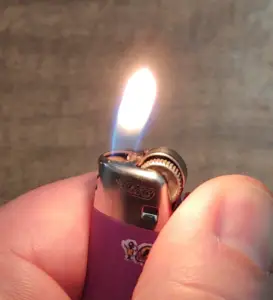

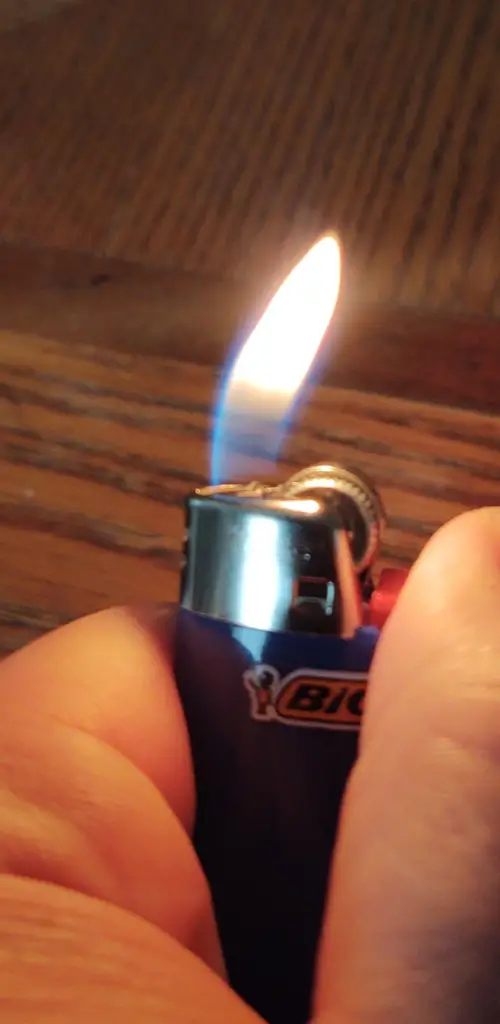
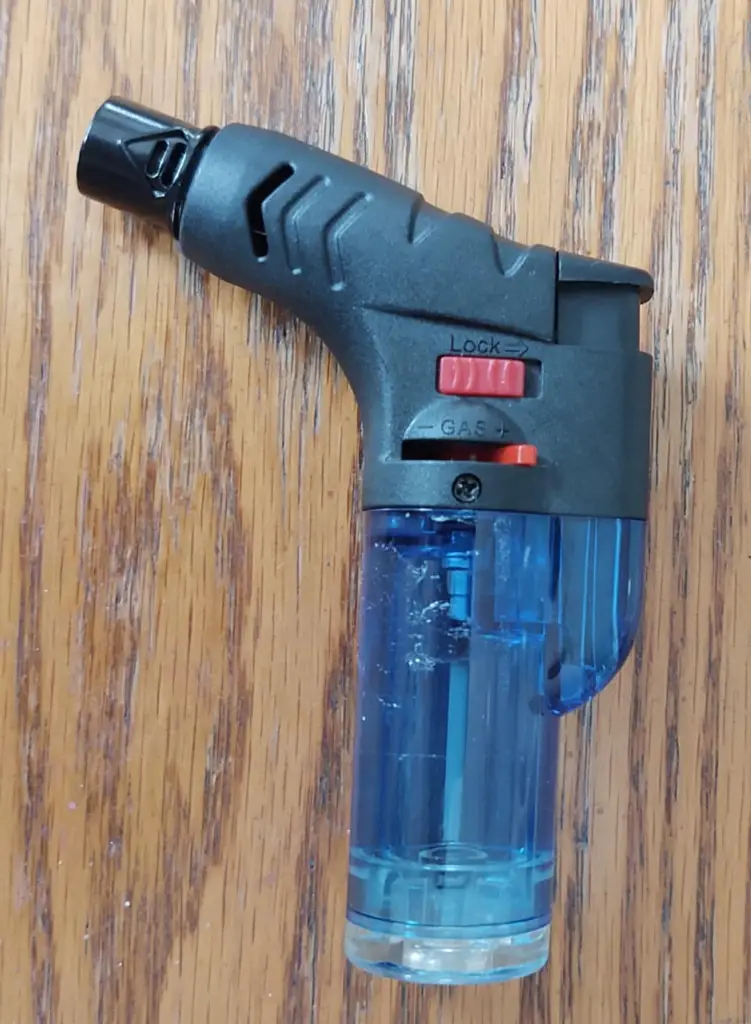

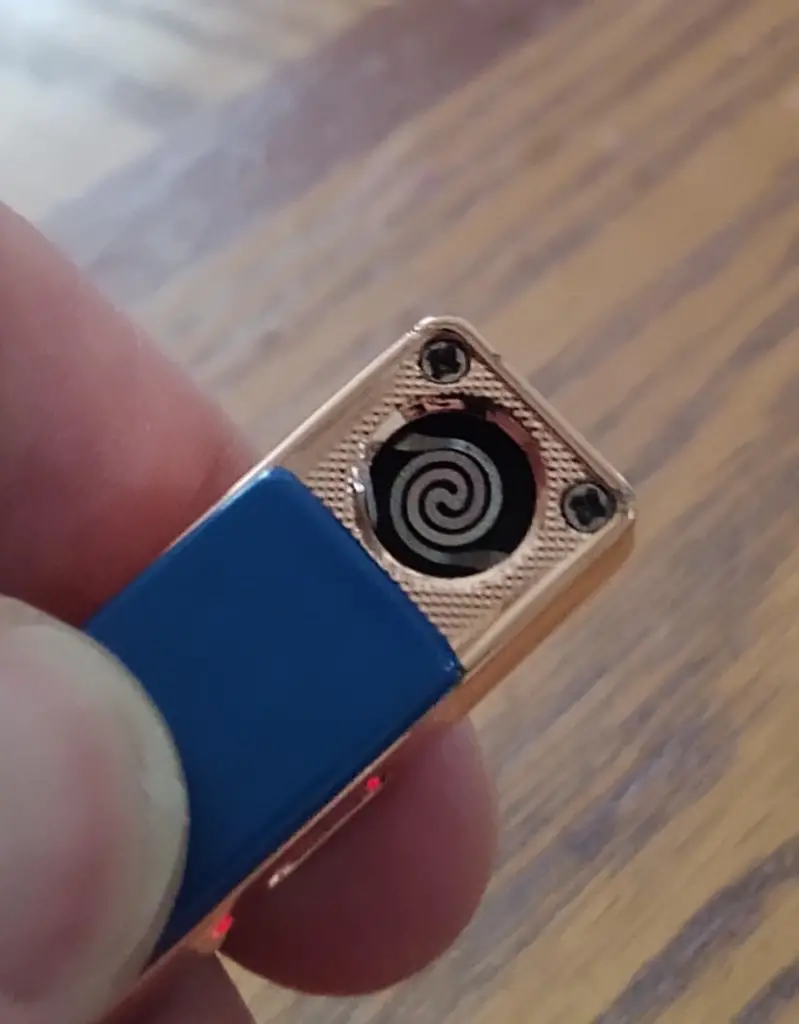
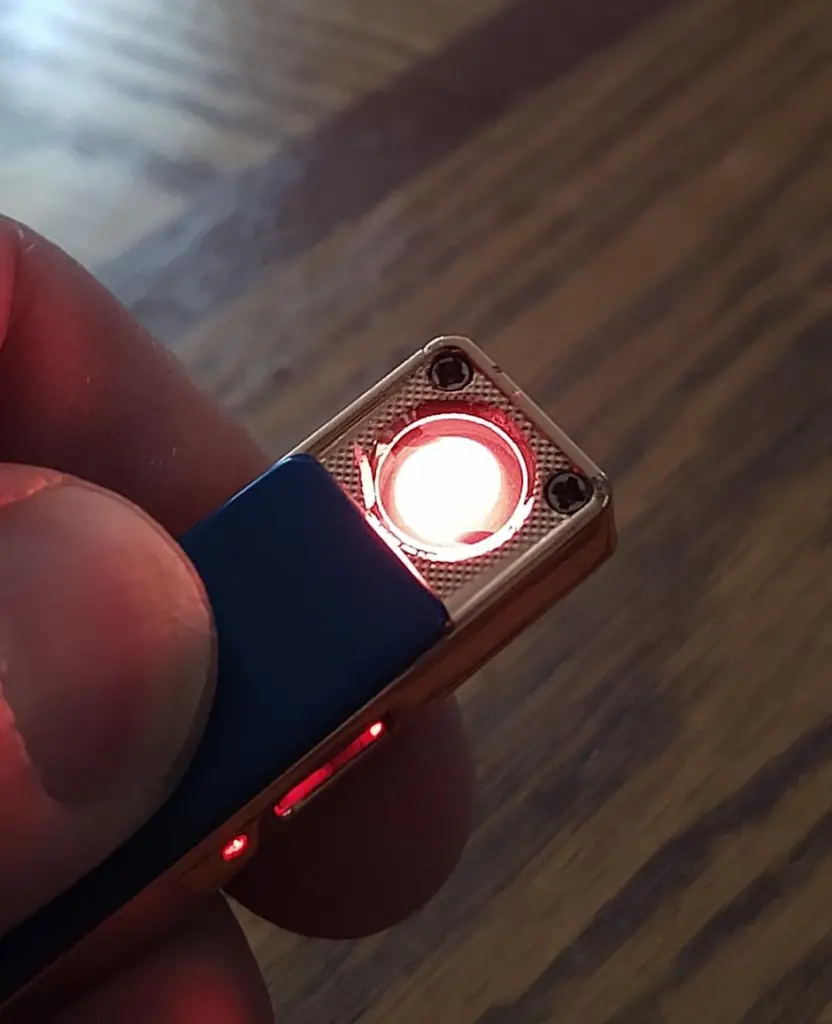




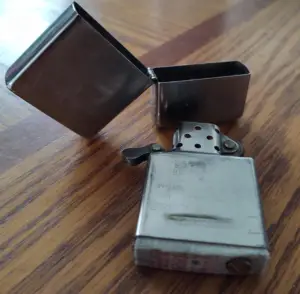
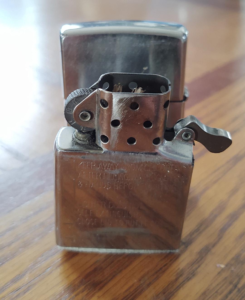


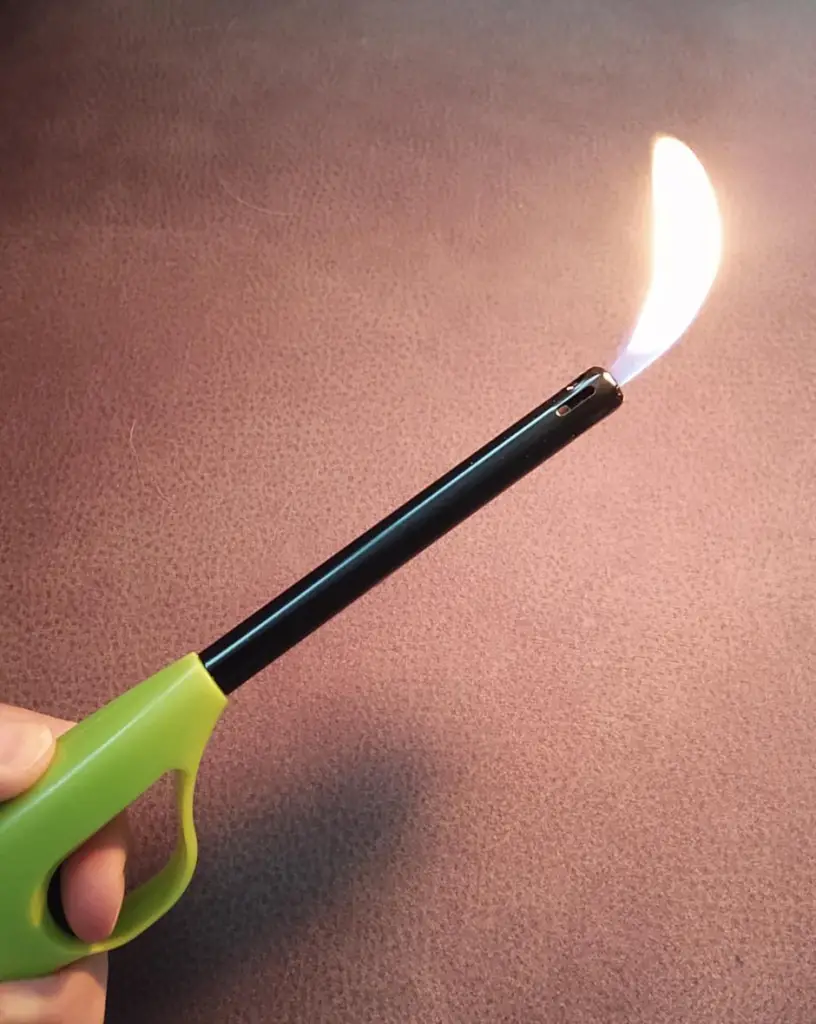

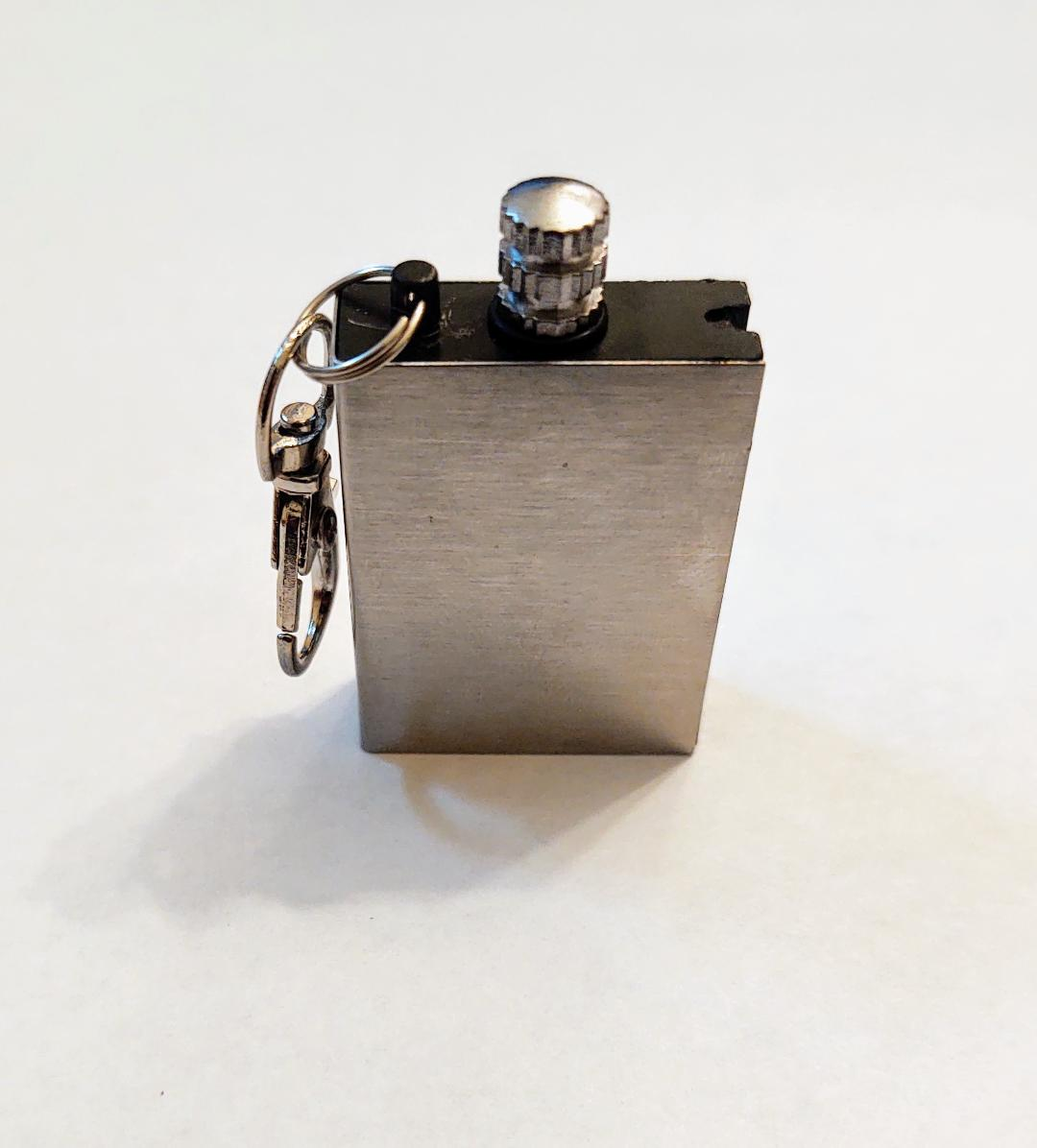
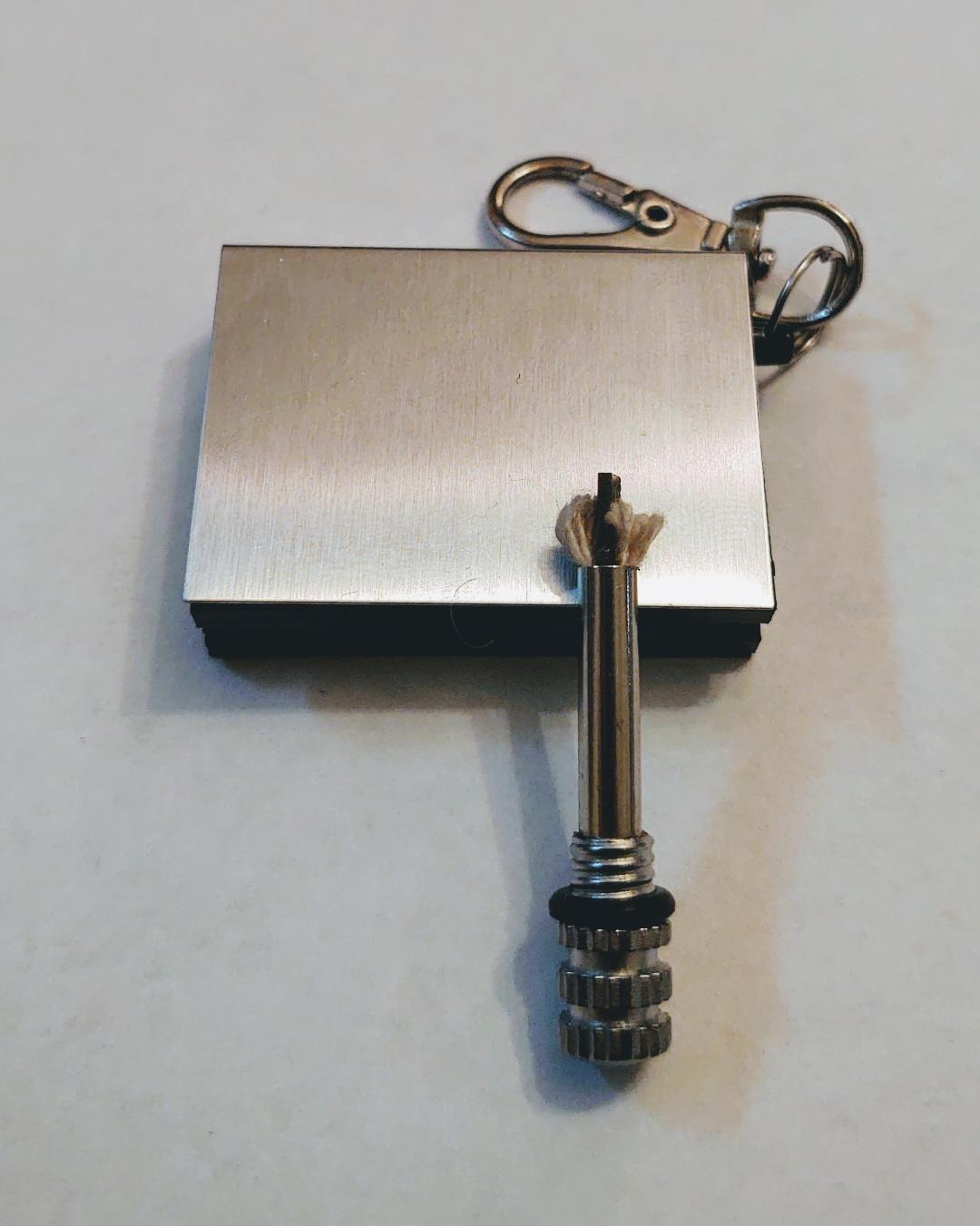
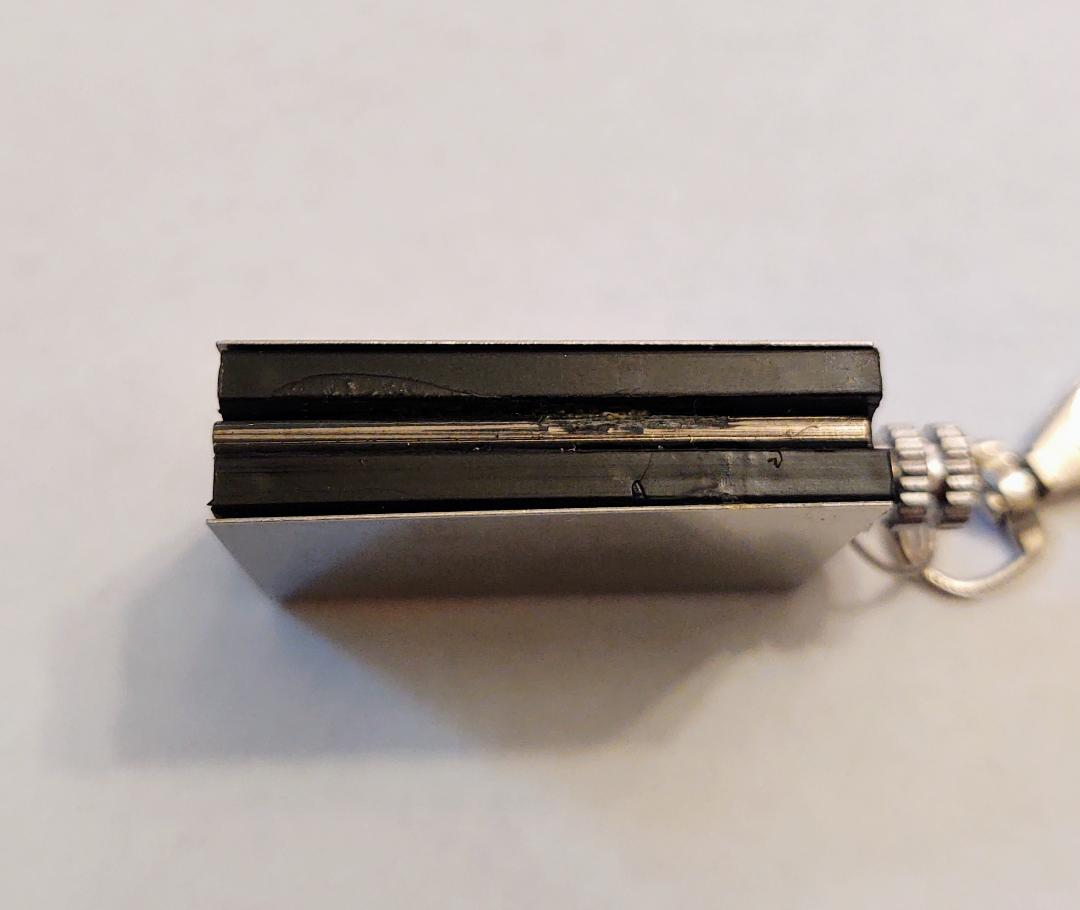
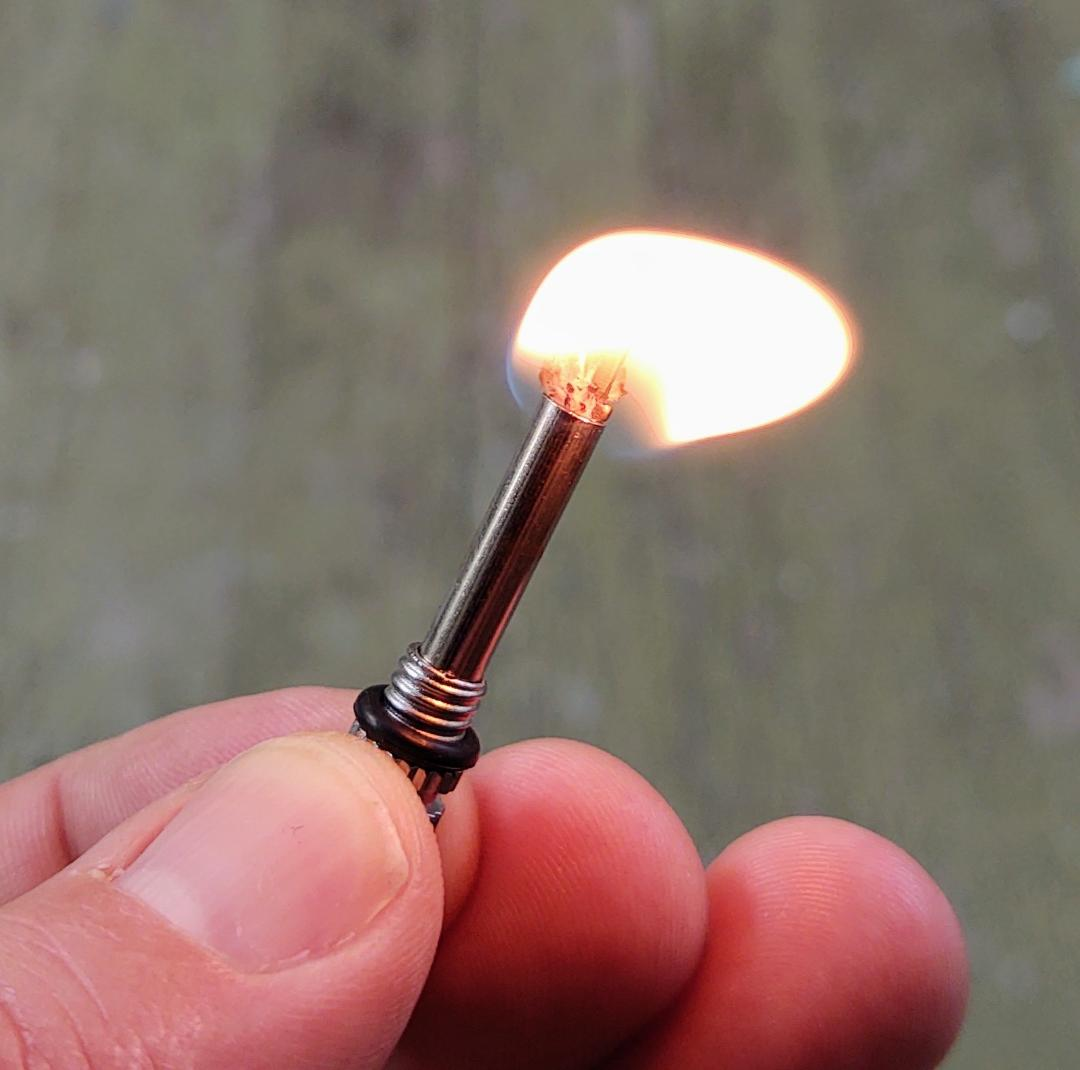


![Zach Armstrong [PODCAST] | Survival Life Zach Armstrong [PODCAST] | Survival Life](https://survivalcove.com/wp-content/uploads/2022/04/Can-You-Survive-This-Podcast-370x297.jpg)
